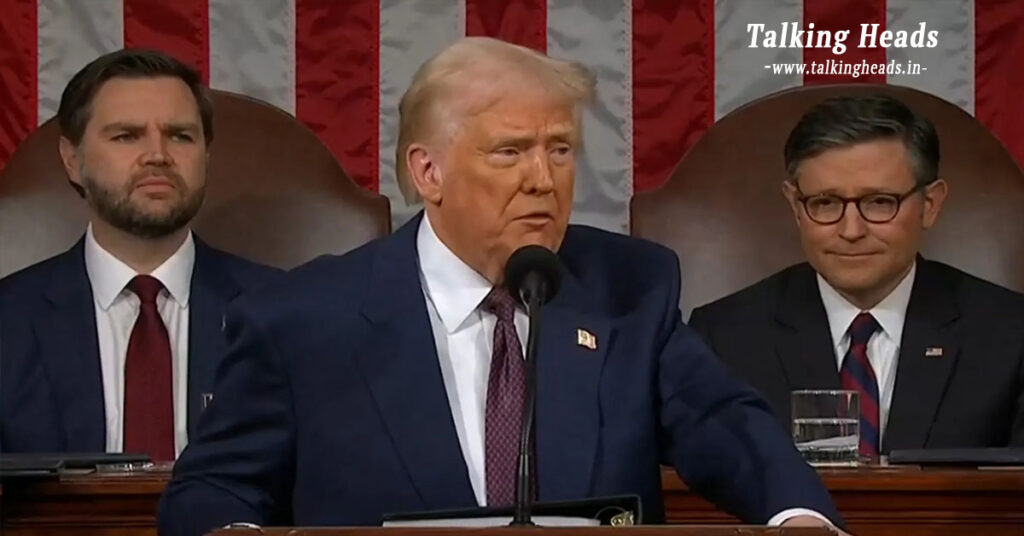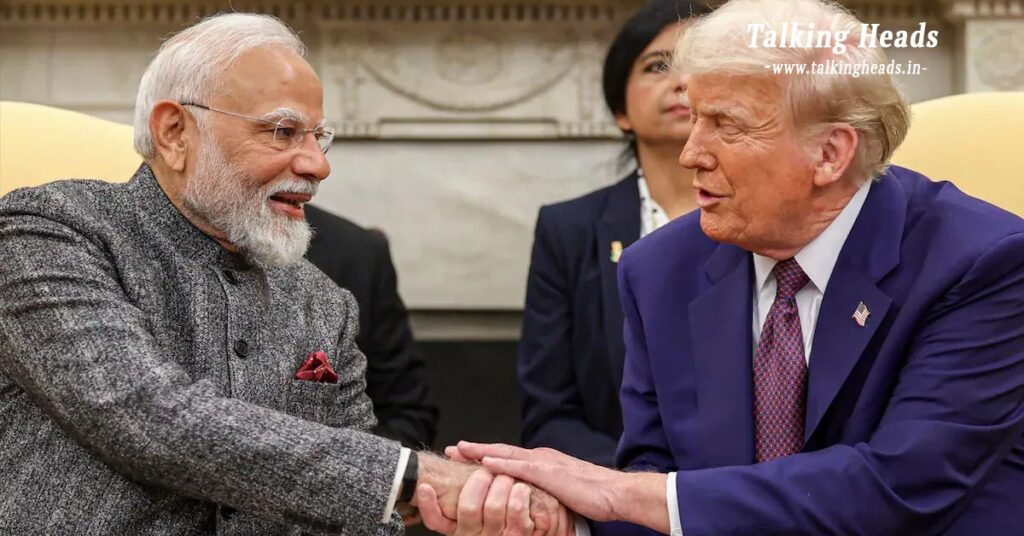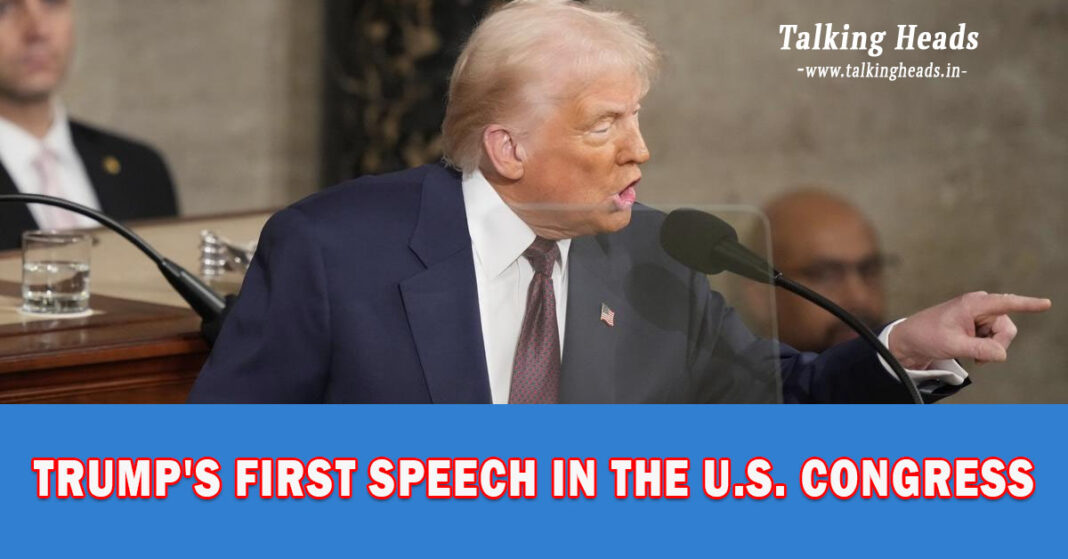In a much-awaited speech to a joint session of the U.S. Congress, President Donald Trump made a sweeping 1 hour and 44-minute address that addressed a number of important issues concerning the country’s economy and position in the world. One of the most significant issues covered was Trump’s declaration of retaliatory tariffs intended to offset the high trade tariffs charged on American products by other countries, including India.
Trump, who is famous for his “America First” policy, stressed the need to make the global trade playing field level and expressed his annoyance at what he considered unfair trade practices, especially regarding India’s high tariffs on American products.
Table of Contents
Highlights of President Trump’s First Speech of His Second Term
April Implementation of Reciprocal Tariffs
Trump declared that from April 2, the U.S. will impose retaliatory tariffs on nations that place high duties on American imports. He noted that India levies more than 100% in tariffs on U.S. products, especially cars, and promised to reflect those tariffs on India and other countries.
Ukraine War and Peace Talks
Internationally, Trump was hopeful about peace negotiations between Russia and Ukraine. He indicated that Ukrainian President Zelensky had indicated willingness to talk, with Moscow giving strong signals of desire for peace.
Addressing Immigration Issues

Trump emphasized the crisis of immigration in America, mentioning that more than 21 million individuals have entered the country illegally over the last four years. His government, he asserted, is carrying out the biggest immigration crackdown in the history of America.
Introduction of the Gold Card Visa
Trump suggested the establishment of a new visa known as the “Gold Card Visa,” an upgraded version of the classic Green Card, he said. The move is designed to open up more jobs and attract investment into the American economy.
Trump’s Bold Trade Policy: A Direct Challenge to India’s Tariffs

Perhaps the most important part of Trump’s speech was regarding trade relations, specifically with India. Trump specifically targeted India, China, and the European Union for what he characterized as unfair tariff policies that have hurt U.S. companies for decades. He specifically mentioned India’s 100% tariff on American-built automobiles, a long-standing problem between the two countries.
Trump’s reaction to these high tariffs was unambiguous: from April 2, the U.S. will slap reciprocal tariffs on nations imposing high duties on U.S. products. The President made it clear that this action was not a one-off decision but was part of his overall approach to safeguarding American businesses and fair trade practices.
Impact of Trump’s Reciprocal Tariffs on India-U.S. Trade Relations
The threat of tit-for-tat tariffs would have important implications for U.S.-India trade relations, especially considering India’s above-average tariffs on important imports from the U.S. India has steadily increased its trade surplus with the U.S. over the past few years, reaching $35 billion in 2024. But with tariffs on products such as electronics, textiles, and pharmaceuticals, the imposition of tit-for-tat tariffs would have an impact on these industries.

Experts say such a step may strain trade between the two countries, with agriculture, electronics, and textiles taking the hit of these new tariffs. India’s dependence on U.S. exports means that even a modest tariff hike can cut GDP growth by as much as 0.3%.
The Global Impact of Reciprocal Tariffs
If President Trump’s government rolls out these retaliatory tariffs worldwide, India’s access to the American market could be doubled. Applying tariffs on merchandise trans shipped through third nations could have very significant consequences not just for India but also for other emerging markets that depend on trade with the U.S.
As the situation continues to evolve, both India and the U.S. will have to tread these intricate trade dynamics cautiously to prevent a major economic slowdown. The next few months are likely to be decisive in charting the course of global trade relations, particularly between the U.S. and its key trading partners.










